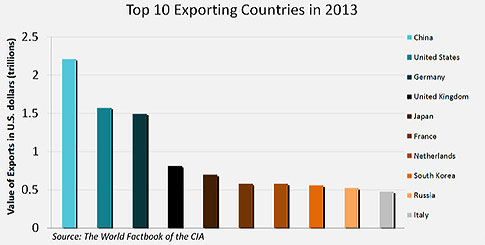What are the best ways for a foreign company to monitor quality at a contract Chinese manufacturer? What groundwork should you lay before working with a Chinese supplier?
|
ADVERTISEMENT |
It should come as no surprise that China remains a major manufacturing hub for buyers abroad. As of 2013, Chinese suppliers were producing more personal computers, cell phones, energy-saving lamps, solar panels, air conditioners, and shoes than any other nation on the planet. These days, you have your pick among a seemingly endless list of suppliers in China, all eager to get your business, and all touting their ability to make a quality product.

Click here for larger image.
…
Add new comment